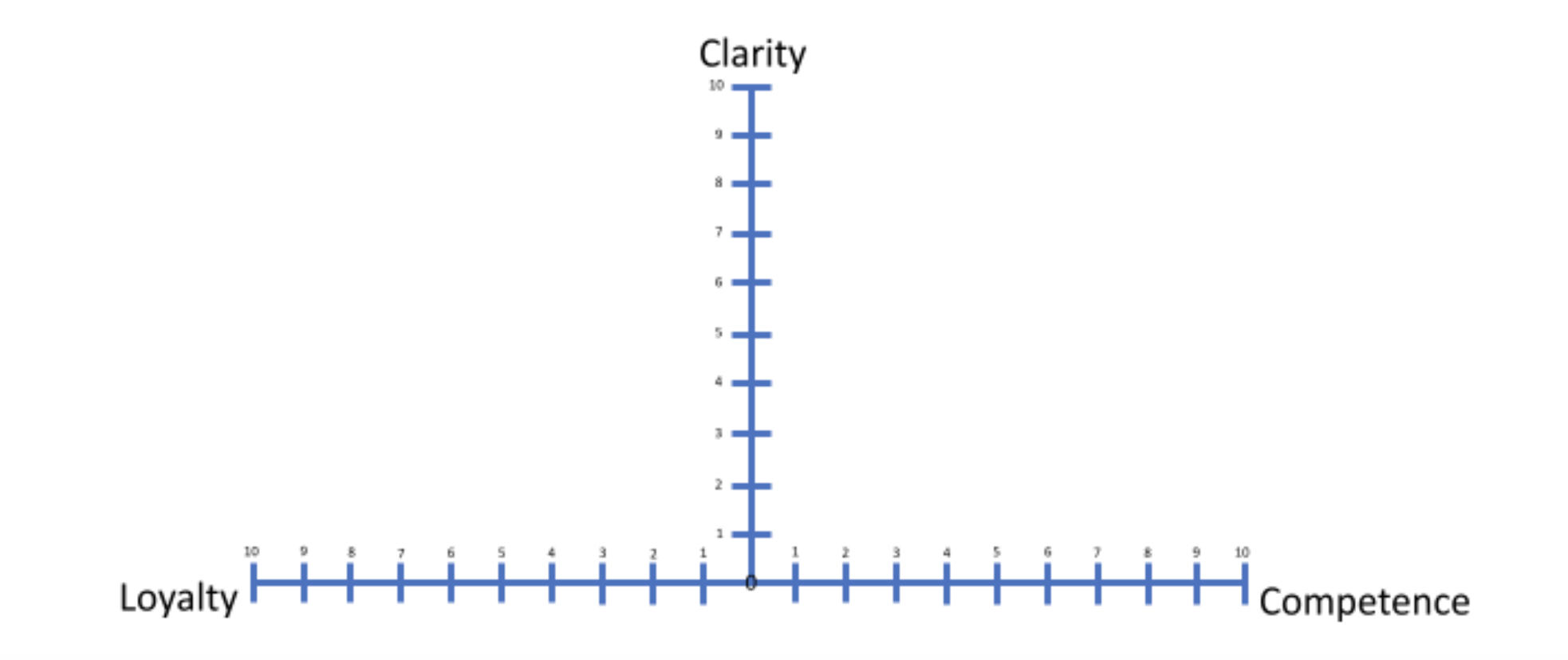
Coaching On The Move
How do we provide effective coaching as face-to-face interaction is more and more limited? Developing this technique for ‘Coaching on the move’ is the answer.
I hope you all agree, coaching is a fantastic leadership style which really does give you the tools to empower and develop your people. The ideal world would have you face to face, for about an hour, so that you can understand the language and pick up on all the non-verbal’s used in the conversation. Unfortunately, those times, for the foreseeable future, appear to be limiting, yet your people still need that coaching to develop.
How many times have you walked to the coffee machine or sat with somebody over lunch, or even had a Zoom call and realised you finished 10 minutes early and you think, in the moment, “now is a good time to have a quick coaching session about something that I really want to speak to X about?”, but you don’t know how to? Let’s see how you can plan the conversation in advance.
There are 3 areas that you, as the leader/coach, can reflect on prior to engaging with the coachee. Let’s be clear: this coaching reflection tool would be used as a preparatory gem which allows the coach to understand the main areas of growth. Let’s take a look.
Imagine sitting down with the diagram below in front of you, and let’s start at the top.
Clarity: when you last spoke to the coachee, how much information did you share? Do you need to update the coachee with information that you now know? Is that the reason they are struggling to achieve what is expected? On a scale of 1 -10, how much clarity did you give the coachee? Place a cross on the clarity scale. Then on a scale of 1-10, how much clarity do you now have which would help (place a circle on the clarity scale)? This pictorial observation will enable you to truly reflect and realise that you, the leader/coach, may have your part to play. If that is the case, go and give that clarity!
Competence: is it fair to say that, as a leader/coach, you believe that all your employees have the competence to do the task that they have been set? I challenge you: do they? Just because they may have been in the organisation for some time, or are new and therefore keen to show off their skills, it doesn’t necessarily mean they have the competence. You just expect them to. Again, let’s visit the scale of 1-10: where would you rank them in order of their competence for the specific task you want to speak to them about? Be real when you answer this, as it may help you understand their true level of competence. Make a cross on the scale for where you thought their competence was, then place a circle on the scale where you think their competence is in reality. They may need mentoring, coaching or external training to develop their competence for that specific task.
Loyalty: we have all completed tasks where we fully embrace the task, really enjoy the time doing it and the end product will be on point and you’re very proud of it. There are also occasions where you have asked someone to complete a task and they really do not want to do it. This may happen for a number of reasons: too busy, don’t know how to and blatantly not interested, to name a few. Let’s re-visit the diagram: place a cross where you believe their loyalty to the task was when you asked them to complete the task. Now place a circle showing where you believe their loyalty actually is. A few things to consider; Do you know what their work priority is? Do you know what else they have on in the background? What’s the “invisible need”, something you don’t know about them which is hindering their commitment to the task?
Once you’ve established where you believe the shortcomings are, you can now use these findings as a framework to initiate the conversation when on the move, at short notice and in the moment of glory.
You will be very surprised by your findings: give it a go!



